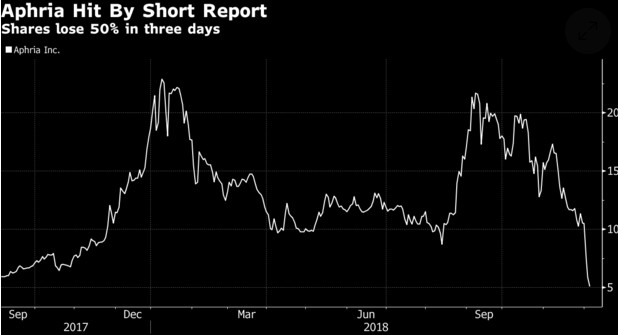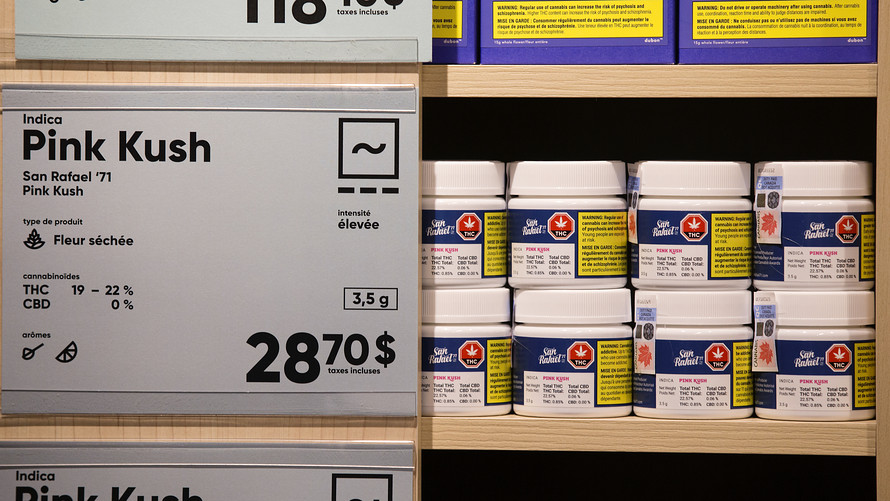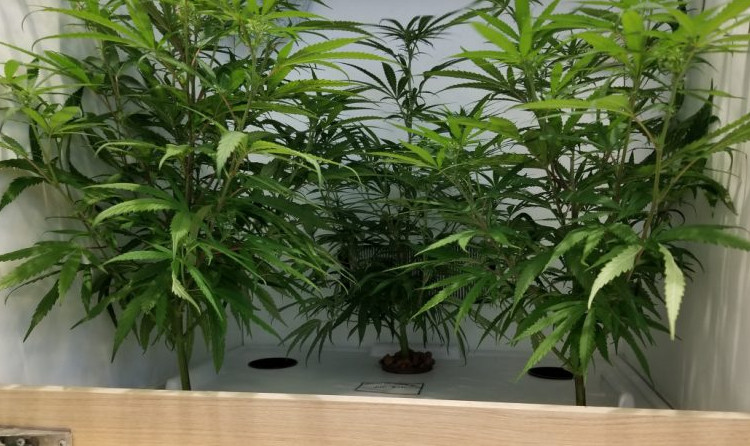There have been few industries, if any, hotter than legal marijuana over the past couple of years, and investors have taken notice. The vast majority of marijuana stocks have witnessed their valuations double or triple over the past year.
The obvious reason for this bullishness is growth in the underlying sales of legal weed. ArcView, one of the premier cannabis research companies, noted growth in the North American market of 30% in 2016 to $6.9 billion. Even more intriguing, it sees compound annual growth pacing at roughly 26% per year through 2021. If this holds true, the North American legal-weed market would be worth $21.6 billion by 2021.
At the heart of this growth, though, is a major shift in the way the public views marijuana. Gallup, which has taken polls on Americans’ views of cannabis for a 47-year period, found last year that 60% of its respondents were in favor of seeing the drug legalized nationally. In 1995, the year before California became the first state to legalize medical cannabis for compassionate use, support for such an idea stood at just 25%.
The top marijuana stocks to buy in 2018
With public support for pot growing, and sales clearly heading upward at a quick pace, it’s time to start taking pot stocks seriously. If the cards fall a certain way, Canopy Growth Corp. (NASDAQOTH:TWMJF), Aphria (NASDAQOTH:APHQF), Aurora Cannabis (NASDAQOTH:ACBFF), and MedReleaf (NASDAQOTH:MEDFF)could be the top marijuana stocks to buy in 2018. As you might have noticed, all four of these companies are Canadian medical cannabis producers.
Three reasons you should be looking to invest in Canadian pot stocks
Why Canada, when the U.S. market could reasonably crush our neighbors to the north in aggregate recreational-weed sales? There are three main reasons.
First, Canada is one of just a handful of countries around the world to have legalized medical cannabis, having so all the way back in 2001. Because medical weed is legal, publicly traded companies are able to generate growing sales and, in some cases, profits just from the medical side of the equation. For instance, in May, Health Canada announced that the number of eligible medical marijuana patients was growing at 10% per month!
Second, there’s a real possibility that Canada could become just the second country in the world behind Uruguay, and the first developed country, to legalize recreational marijuana by July 1, 2018. Prime Minister Justin Trudeau introduced legislation in April that would allow people aged 18 and up to buy weed legally, though provinces would be allowed to increase the minimum age. Also, recently outlined tax plans suggest a lower tax rate than that of alcohol in Canada. Trudeau has been crystal clear that a low tax rate on pot is needed to be price-competitive with black market marijuana, and that looks to be the case here. According to Canadian officials, recreational marijuana could add $5 billion to $7 billion in annual sales and of course be a major boost to Canadian marijuana stocks.
The third factor to consider is that each of these weed stocks, with the exception of Aurora Cannabis, has been profitable with some consistency. Canopy Growth was profitable through the first three quarters of fiscal 2017 and only wound up losing money for the year because of acquisition-related expenses. Aphria, which wound up losing money in the fourth quarter as a result of its heavy investments in its phase 4 expansion project, still produced a full-year profit in fiscal 2017. The same can be said of MedReleaf, which has been consistently profitable for the past two years.
Capacity expansion is the top priority
As the icing on the cake, all four of these Canadian pot stocks are ramping up their capacity to grow weed. Canopy Growth has primarily been doing this through acquisitions, including Mettrum Health, which was completed earlier this year. Without having to do as much in terms of developing grow farms, Canopy holds an advantage over its peers in terms of production capacity and readiness. It’s also one of just a small handful of Canadian growers that’s been given the green light to export dried cannabis to foreign markets such as Germany, where medical cannabis is also legal.
The other three are focusing on organically expanding capacity. Aphria’s aforementioned $100 million-plus phase 4 project should yield 100,000 kilograms of dried cannabis annually once completed. It, too, has benefited from being able to ship dried cannabis to legal medical markets such as Germany.
Meanwhile Aurora Cannabis could match Aphria’s expansion with its 800,000-square-foot Aurora Sky project. Once completed next year, it could begin yielding 100,000 kilograms of dried cannabis annually. Aurora has claimed that this facility could be the most technologically advanced and automated when finished, which may wind up translating to high efficiency and low costs.
Lastly, MedReleaf, which only went public in May to raise capital for its expansion efforts, has been focusing on its Bradford facility in Ontario. MedReleaf is actually the cheapest marijuana stock of all on a forward P/E basis, and that has a lot to do with its high market share in the cannabis oils space. Cannabis oil has a higher price point and margins than dried cannabis, so its focus on a more affluent user appears to be paying off.
Even top marijuana stocks aren’t without risks
While the table looks set for Canadian marijuana stocks to feast in 2018, keep a few things in mind.
First, there’s still no guarantee that recreational marijuana will be legal in Canada when all is said and done. There’s still a lot of opposition from conservative members of the parliament, and clear concerns from provincial mayors about getting enough police and regulations in place before a July 1 launch. Within parliament, conservative lawmakers have shared worries about adolescent access to marijuana if a home-grow option is included, while others have opined that driving under the influence laws aren’t tough enough, or haven’t been properly outlined.
There’s also the concern for investors that their holdings could continue to be diluted. Since recreational marijuana is still illegal throughout North America as of now, and most banks want absolutely nothing to do with pot companies, these marijuana stocks have had little choice but to seek bought-deal offerings or common stock offerings. (A bought-deal offering is a sale to a financial firm or institution before issuing a prospectus.) The result has been a ballooning in the outstanding share count of all of the aforementioned companies, save for MedReleaf, which just went public recently.
That being said, we can no longer ignore the rapid growth rate of marijuana stocks, and the upcoming year could be the proper time for aggressive investors with a high tolerance for risk to consider one or more for their portfolios.
credit:fool.com













